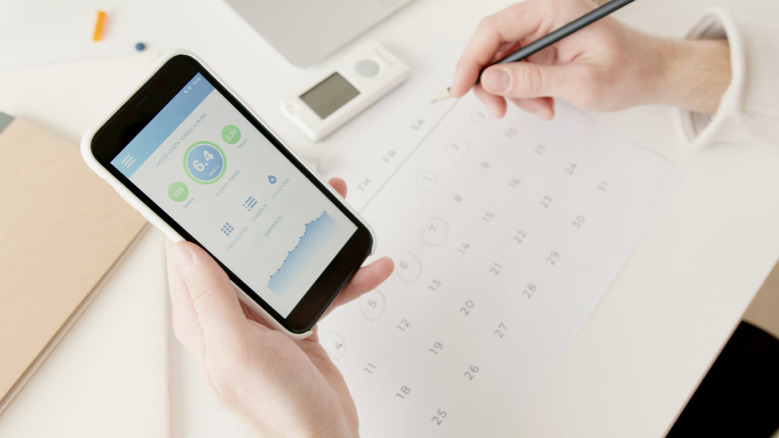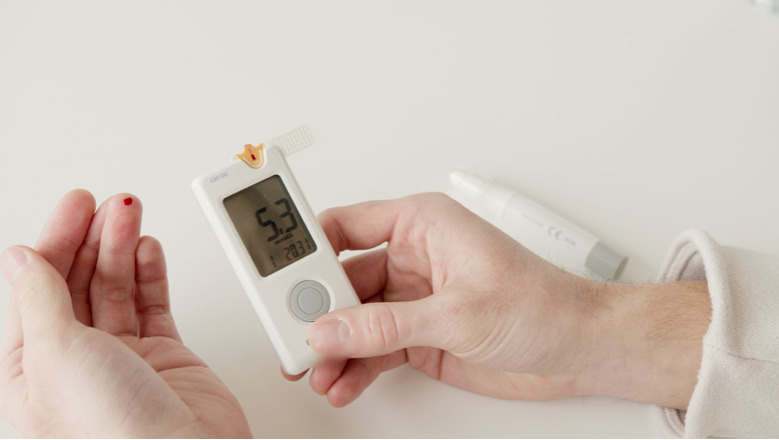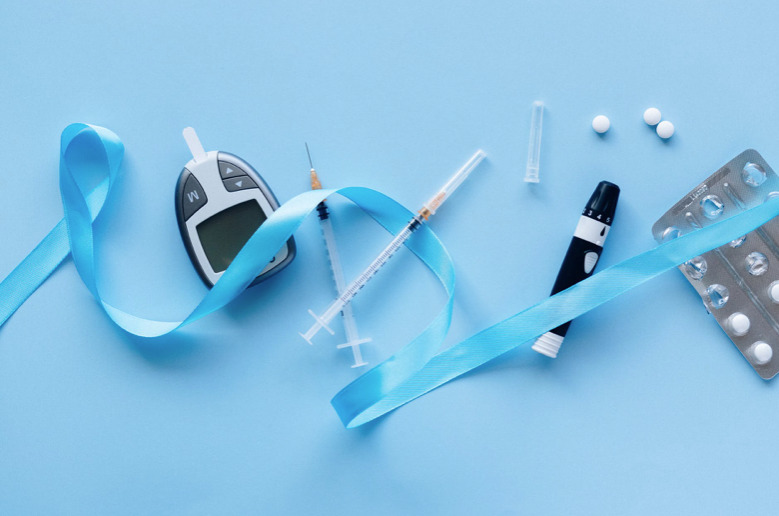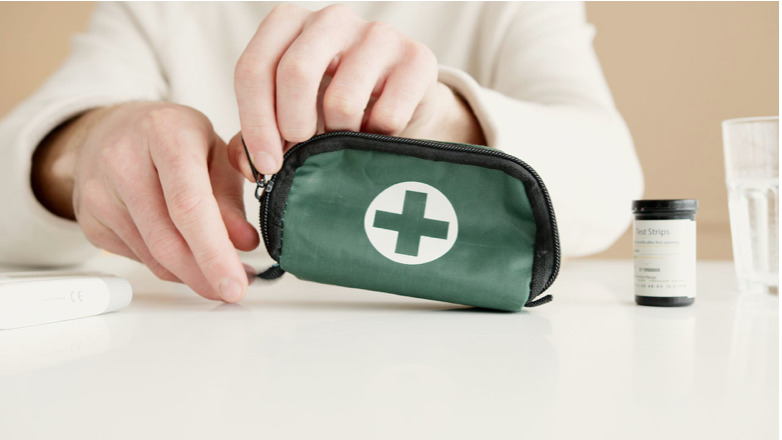A Type-1-Diabetic Shares Personal Insights
Did you know that one in eleven adults is a diabetic? No? Well, then this story will provide you with some great insights, numbers and knowledge about how to manage diabetes at work!
Diabetes is an autoimmune disease. The body cannot produce enough insulin or cannot adequately use the produced insulin. Worldwide, about 425 million people are affected by this disease.
90% percent of those people suffer from Type-2-Diabetes and only 10% have Type-1-Diabetes.
*Disclaimer: This blog post is based on the personal account of a Type-1-Diabetic. It aims to provide some personal insights and does not claim scientific accuracy. Subsequently, it does not provide medical advice and does not substitute professional medical advice or consultations with healthcare professionals*
Insulin:
Insulin is a hormone that controls the level of blood sugar (glucose). We get glucose when the body breaks down the carbohydrates that we eat or drink. When glucose is released into the blood, insulin allows for the blood sugar to be absorbed into the cells to fuel the body.
If you don’t have diabetes, this mechanism is automated and the pancreases releases exactly the right amount of insulin. If you have diabetes, this system doesn’t work.


Difference between Diabetes Type 1 and Type 2
Type 1:
Is caused by a malfunction of the immune system. Through this error, the immune system destroys the beta cells in the pancreas that normally produce insulin.
Type-1-Diabetes usually occurs in childhood and adolescence, and less commonly in adulthood. It is not preventable and requires a lifetime treatment with insulin.
Type 2:
Is the more common form of diabetes, which often begins insidiously in adulthood. The pancreas gradually stops producing enough insulin or the body stops effectively using the insulin that is produced.
Many Type-2-Diabetics can manage their condition without medication, while others may need to take some.
For the sake of this article, we will make do with this very simplified explanation. Though I encourage you to research more about the topic! If you want some more detailed insights into Type-2-Diabetes, you can find more information here (Ger), here (UK), here (US).
More Numbers:
Germany:
According to Deutsche Diabetes Hilfe, 8 million people suffer from diabetes in Germany. Only 5% of those people have Type-1-Diabetes. That is approximately 341.000 people. About 3100 children and teens under the age of 17 and 4150 are diagnosed with Type-1-Diabetes per year. 95% of the diabetics in Germany have Type-2-Diabetes.
UK:
According to Diabetes UK, more than 4.9 million people in the UK have diabetes. About 8% of them have Type-1-Diabetes.
US:
According to the American Diabetes Association, 34.2 million Americans have diabetes. About 1.6 million of those are Type-1-Diabetics.


Diabetes affects one in eleven adults.
What This Means For Diabetes At Work
The high number of diabetics worldwide, makes it very likely that either you are suffering from diabetes yourself, or that someone in your private life or work life is affected by this disease. Especially at work, you might not even know! Though, most of the time I don’t feel limited by my disease, I do think it would be good if people were a little more informed and aware.
After all, I have often been confronted with rather ignorant comments such as “ Well don’t you have this disease because you ate too much sugar as a child?” The answer is no, I have a chronic disease and you should really educate yourself more – or read this blogpost! 🙂
How I Manage My Type-1-Diabetes At Work
- I always have dextrose in my pocket, handbag and/or desk drawer
- I chose rolls of dextrose that perfectly fit into the inner pocket of my blazer
- Keep a sugary drink in the fridge and one on my desk
- I keep blood sugar measuring sticks in my desk drawer in case there is an issue with my sensor
- My sensoner and insulin pump are all in one device, so I don’t have to carry around a lot of equipment
- I keep spare syringes and insulin at the office
- I just ordered a glucagon nasal spray which is much easier to handle should the worst case ever happen
- Generally, I don’t feel the need to discuss my diabetes with everyone at work, but I do always inform my work buddy or manager
- I give the people I tell about my diabetes a short briefing about what to do in case of an emergency
- Alerts from my insulin pump or sensor are put on vibration
- I have a special alert profile set up in my devices, which I activate when I go to work
- I stay away from snacks and avoid drinking sugary drinks if I don’t have to

3 Things That Would Make Diabetes Management Easier At Work
- Soda machine or sugary drinks such as juice available
- If there is a quiet room available which I can use to administer insulin, that would be great
- If I have low or high blood sugar, please give me the time to deal with that, but don’t treat me differently from other employees
This story was shared by Emily and written down by Hannah. If you want to continue reading, check out our other posts.

